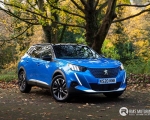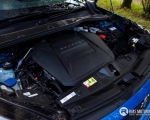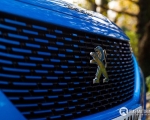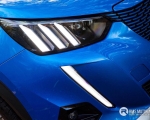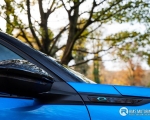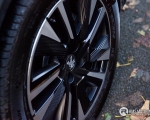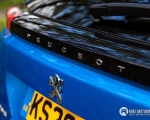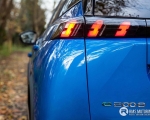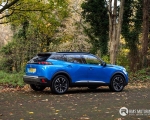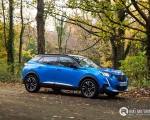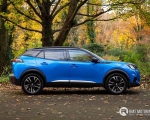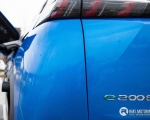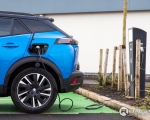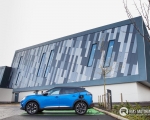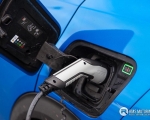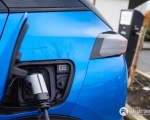In just nine years’ time the UK government plan to ban the sale of new petrol and diesel cars, but can the industry and charging infrastructure meet that deadline, as well as the needs of owners?
Peugeot UK gave me the chance to find out towards the end of last year when a new e-2008 landed on my driveway. Finished in ‘Vertigo Blue’ there is little chance you will lose this French crossover in the supermarket car park.
Rear privacy glass and a gloss black roof contrasting beautifully against the metallic paintwork, the huge black expanse of a front grille is softened with colour coded highlights.
Looks are almost identical to its petrol and diesel (Internal Combustion Engine (ICE)) siblings, with practicality and convenience inside being no different. I have yet to drive a modern Peugeot that I don’t like and the e-2008 is no different, apart from the fact that charge anxiety is most certainly a thing when driving an electric vehicle.
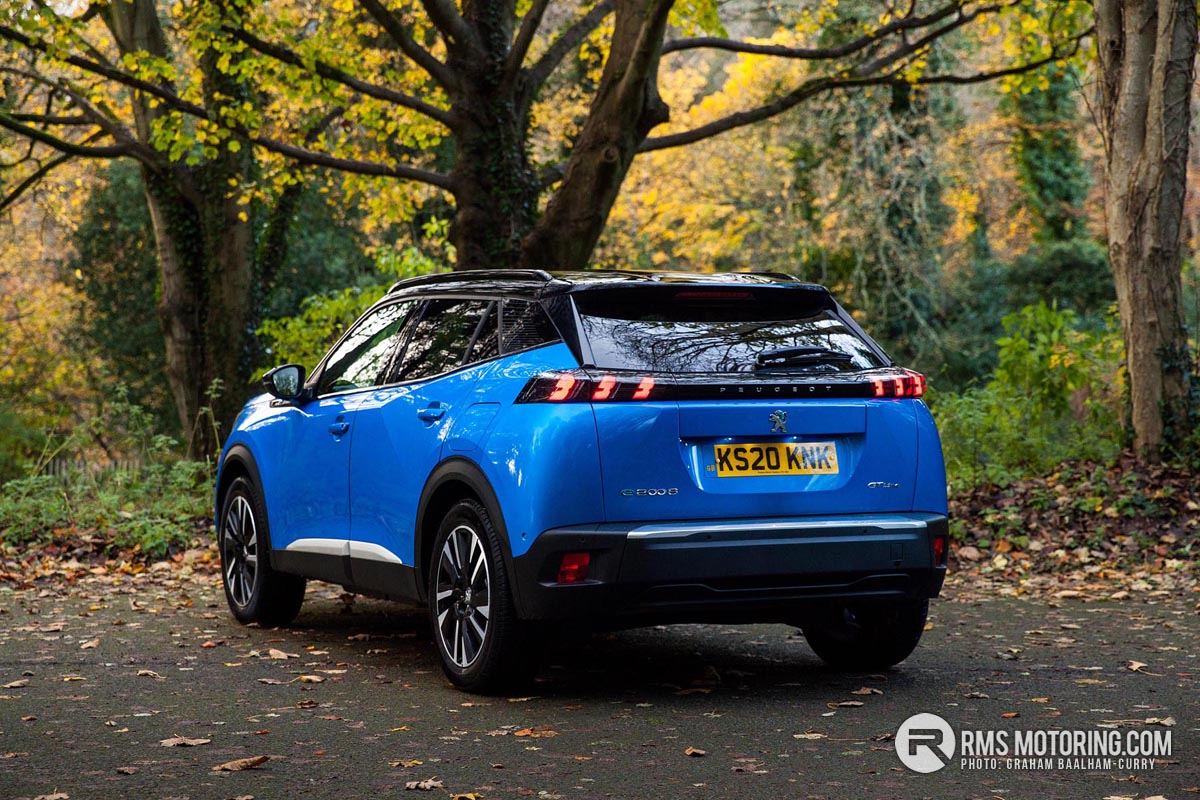
For me personally, living semi-rural with no home charging point, and the potential of not being able to install one due to communal areas between the driveway and the port, electrification for me is impossible at present due to an almost non-existence of rapid chargers in my locally.
These factors contributing greatly to that anxiety, yet factors which many potential owners will face.
The public chargers I accessed during my week with this Peugeot did function, which seems to be a rare commodity and during approximately one hour of charging, replenished the miles used on the return journey to the charging point.
I was extremely grateful that a conventional 3-pin ‘granny lead’ was in the boot, enabling a trickle charge for some extra miles which avoided a call to the AA for rescuing. A claimed range of over 200 miles, translated in November to around 130 real-world miles.

I guess that if you are able to fit a home charging point, have a reasonably strict work regime, not much of a haphazard social life and don’t need to do a return trip from Enniskillen to Belfast too often, you can read on.
Fewer people are purchasing vehicles outright today and as such, the recommended retail price stands for very little. However, the Peugeot e-2008 starts from £30,730 which is circa £2k more expensive than the Hyundai Kona electric, but around £2k cheaper than another Korean rival, the Kia e-Niro (all prices include the government grant).
Just like its ICE siblings, the electric 2008 is available in varying trim levels. Five of them to be precise, starting from as little as £172.96 per month* with an ‘Active Premium’ which features 16-inch alloy wheels, modular boot floor, rear parking sensors, automatic air conditioning, and electric folding door mirrors.
Priced from £178.67 per month is ‘Allure’ which features 17-inch diamond cut alloy wheels, 180 degree reversing camera, high console and electric parking brake, rear privacy glass, and front armrest with storage and 4 USB ports.
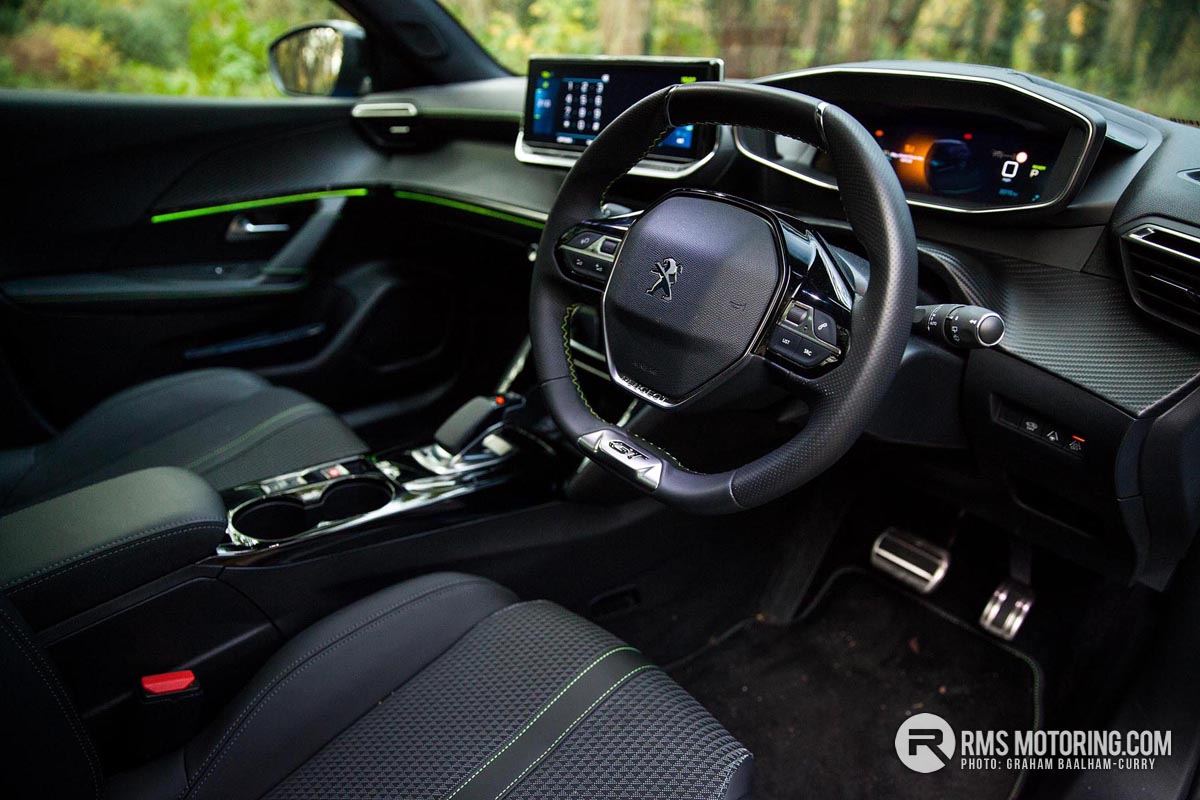
An ‘Allure Premium’ starts from £181.27 per month and adds configurable Peugeot 3D i-cockpit, LED front fog lights with cornering function, active safety brake was night function, gloss black roof rails, and gloss silver exterior detailing.
Priced from £227.29 per month is a ‘GT’ which features full LED headlights and smart beam assist, 3D connected navigation, 10-inch capacitive colour touchscreen, heated front seats and front parking sensors, and smartphone charging plate.
Finally, the range topping ‘GT Premium’ starts from £247.93 per month and features 18-inch diamond cut alloy wheels, Alcantara interior, panoramic opening glass roof, adaptive cruise control, and Peugeot ‘Open and Go’ keyless entry.
The e-2008 offers enough room for four adults to travel comfortably with a spacious boot that features a split level floor. There is also generous room for driver and passenger, the small 2-spoke steering wheel being a quirky feature of this Peugeot.
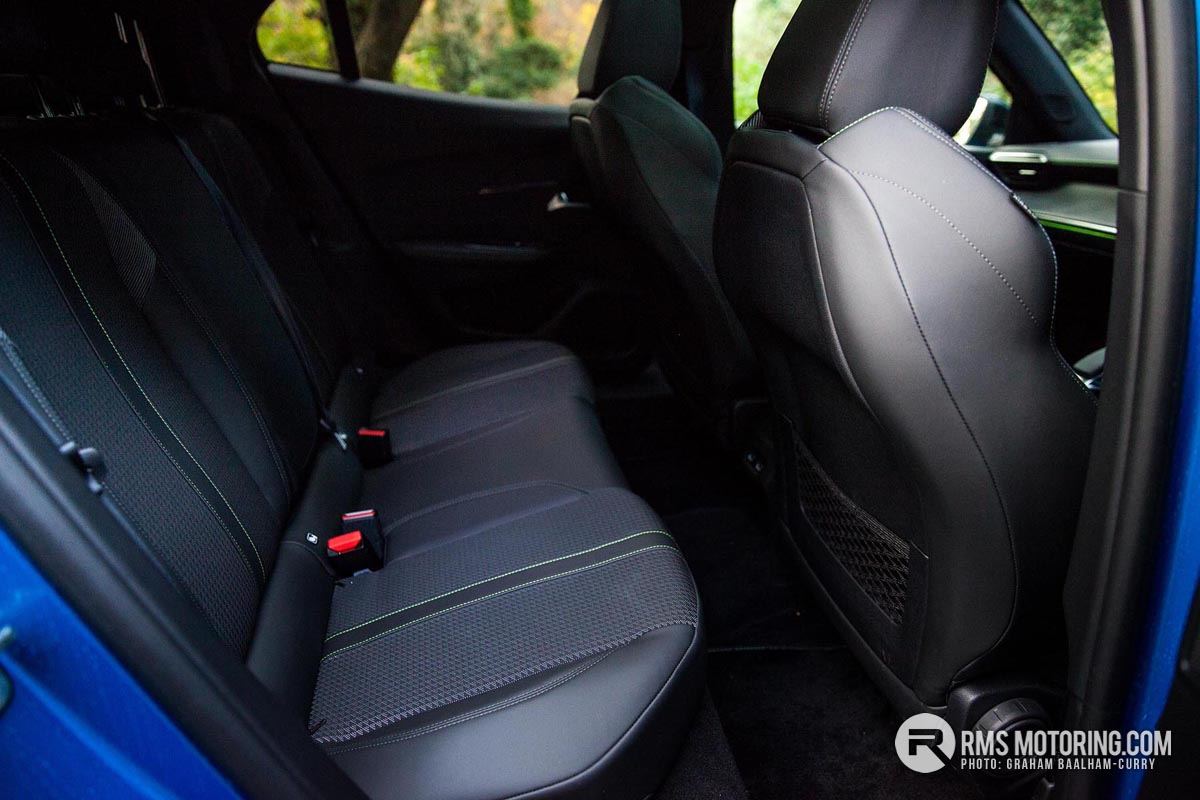
On the model tested, green stitching around the dash, steering wheel and seating stands out alongside green ambient lighting to remind you of this cars Green credentials and the panoramic opening sunroof floods plenty of light into the otherwise dark interior.
Powered by a 50kWh battery and 136bhp synchronous electric motor via an automatic electric drive with fixed gear ratio transmission, you can reach 60mph from a standing start in just 8.5 seconds when in sport mode, with a top speed of 93mph. A full charge at home via a domestic 7kW wallbox will take just 7 and 1/2 hours.
On the road this electric crossover is firmly sprung, perhaps due to the extra weight it carries with its batteries making it feel reasonably agile for what it is. Power delivery is progressive meaning it drives very like it’s ICE’d siblings and as a package it just gets on with the job of being a small family car without any fuss.

To answer the opening question though, I worry that the infrastructure in Northern Ireland is more than a decade away from being suitable.
That said, having spoken to the Electric Vehicle Association of Northern Ireland in the creating of this article, they commented, “There are currently 17 rapid chargers in Northern Ireland and there are 23 new ones on the way by March 2023. That will more than double our DC chargers in under 2-years.”
This will make a huge difference in such a short space of time and could make it very feasible for a 2-car household to have at least one electric vehicle under its roof (with a home charging point). And, for the vast percentage of electric vehicle drivers today, affordable mileage range is adequate and it’s something the industry can only make this better, naturally over time.
* monthly payment figures quoted are based on a deposit of £11,000 – £14,000 (trim dependent) over 4-years with an annual mileage of 6,000.




